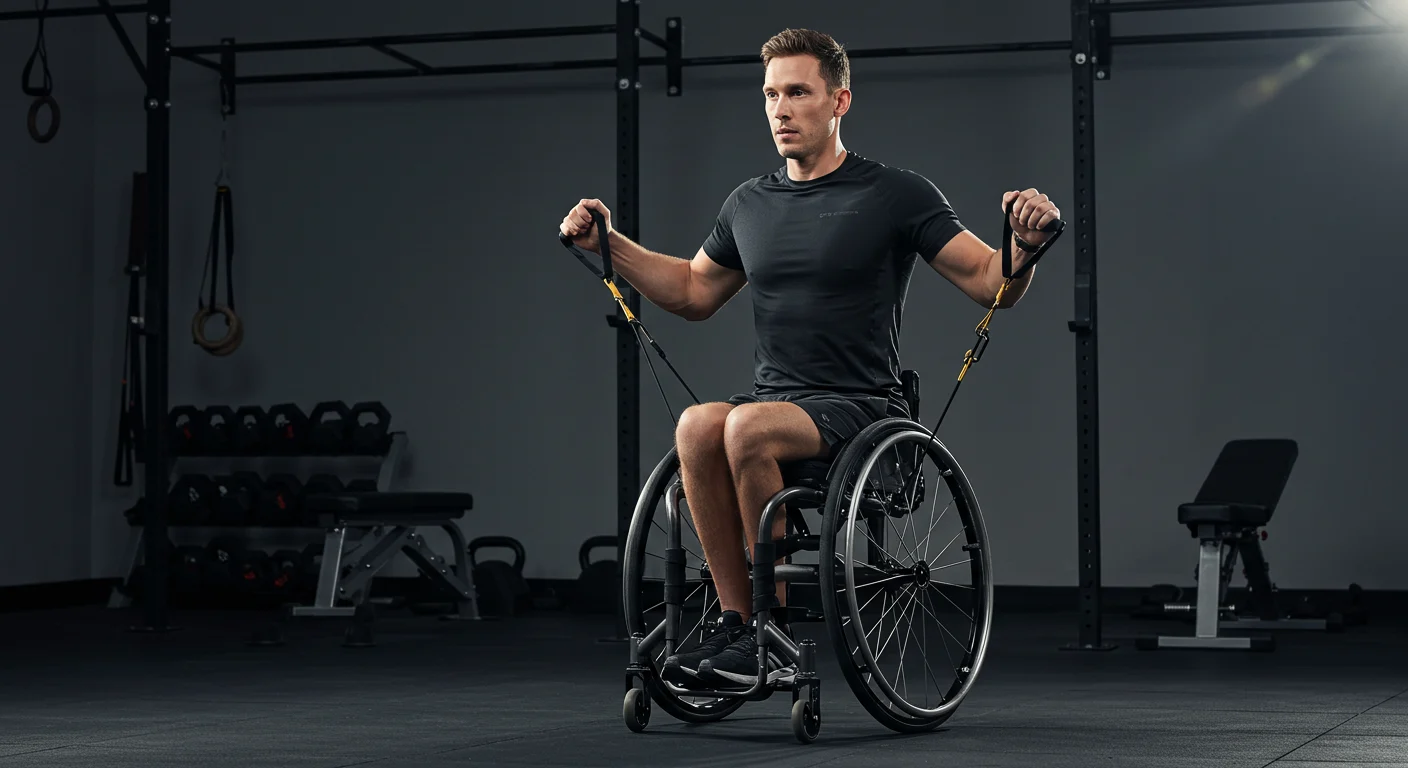After a medical issue left me struggling to properly use my legs, I had a hard time believing I could ever get active again, let alone lose weight. Every fitness video I found assumed you could run, jump, or even just stand. But the truth is, there’s a way to move your body at every ability level — and it can change your life.
If you’re dealing with limited mobility — whether it’s an upper body injury, lower body disability, or you’re bedbound — exercise isn’t out of reach. You just need the right plan.
Today, we’re breaking down simple, accessible, and research-backed workouts you can do from wherever you are, no gym or judgment required.
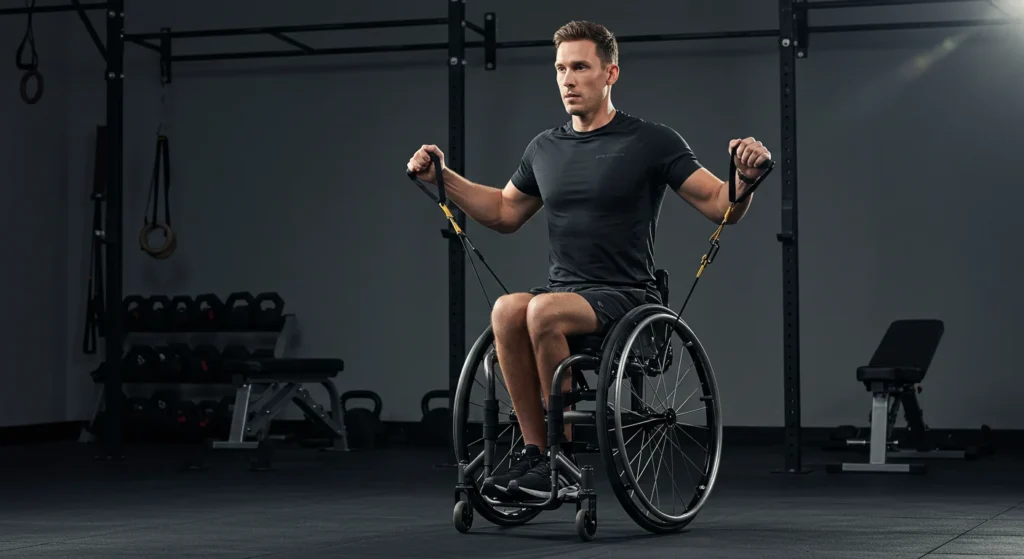
Why Exercise Matters (Even More) When You Have Mobility Challenges
It’s no secret that regular movement supports weight loss. But for people with disabilities, staying active is about a lot more than just the number on the scale.
Research shows that adults with mobility-related disabilities are at a higher risk of overweight and obesity compared to the general population. Tailored exercise programs can help improve metabolism, build strength, boost mental health, and maintain independence — all key factors for long-term well-being.
Here’s the good news: current guidelines suggest aiming for 150 minutes of moderate-intensity activity per week, but you can work up to it gradually — starting with just 60 minutes spread across the week if needed.
In short: it’s not about doing a lot at once — it’s about doing what you can, consistently.
Getting Started: Adaptive Exercise Basics
When I first started looking for modified workouts, I quickly realized a few key things mattered most:
- Safety first: Focus on form and move carefully to avoid injury.
- Progress slowly: Start small and build up over time.
- Consistency counts: Even short workouts done regularly add up.
If you’re just starting out (or restarting like I was), a good first goal might be three 20-minute sessions per week, building toward five 30-minute sessions by month four.
Pro Tip: Pair movement with mindful eating habits to maximize weight loss. Many experts recommend around 1,200–1,500 calories a day for women and 1,500–1,800 for men during weight loss, depending on your unique needs.
Workout Options Based on Your Needs
Let’s break this down based on different types of mobility levels.
Whether you’re using a wheelchair, working with an upper body disability, or limited to bed-based movements, there are great options for you.
For Lower Body Disabilities: Wheelchair-Based Workouts
When I couldn’t rely on my legs, learning how to exercise from a seated position opened a whole new world for me.
Cardio You Can Do Sitting Down:
One simple move is the Seated Jack. It mimics the motion of a jumping jack without needing to stand:
- Start sitting upright with knees and feet together.
- Extend legs apart while raising arms overhead.
- Return to starting position.
Upper Body Strength Matters, Too:
Building upper body strength supports wheelchair mobility and burns calories. Key exercises include:
- Bicep Curls (with light weights or resistance bands)
- Overhead Presses
- Chest Presses
- Seated Woodchop (twisting across the body with a medicine ball or water bottle).
| Exercise | Target Area | Equipment Needed |
|---|---|---|
| Seated Jack | Cardio, Core | None |
| Woodchop | Core | Medicine ball/band |
| Chest Press | Arms, Chest | Band or dumbbell |
Tip: Start with 2 sets of 10–15 repetitions and increase as you feel stronger.
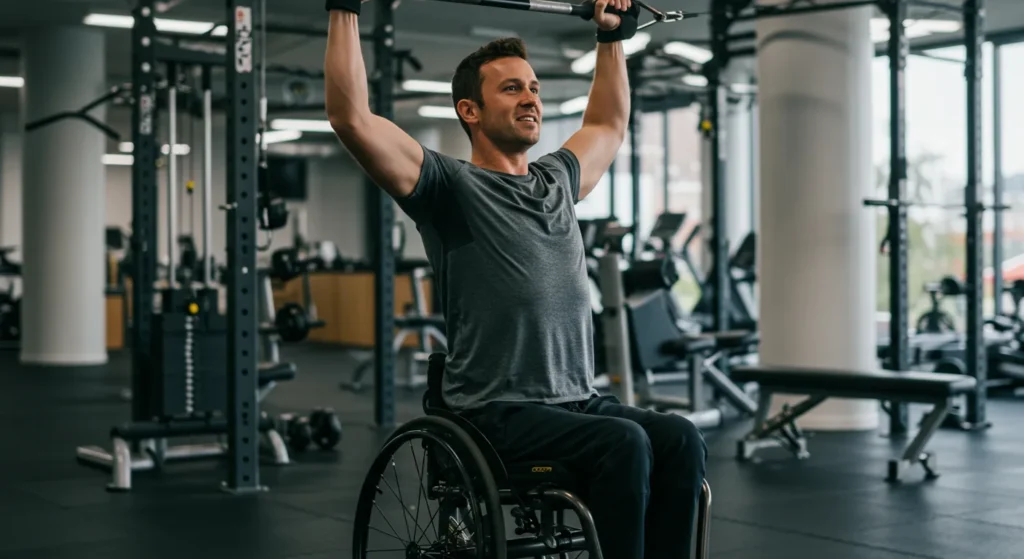
For Upper Body Disabilities: Lower Body Focused Moves
If your legs are your stronger area, you can still get your heart rate up safely.
Chair-Based Lower Body Workouts:
- Seated Leg Lifts and Twists: Sit at the edge of a chair, extend one leg out straight, and rotate your torso toward it.
- Glute Bridges: Lie on your back and lift your hips while keeping your upper body relaxed.
- Side-Lying Leg Raises: Lie on your side, lift the top leg upward, then lower.
These moves help maintain strength without overloading the upper body.
Need a visual guide? This adaptive lower body plan has a few great examples.
For Bedbound Individuals: Gentle but Powerful Options
After my own setback, there were days when getting out of bed felt impossible. Thankfully, bed-based exercise is a real (and effective) option.
Focus on Small but Mighty Moves:
- Shoulder Circles: Raise arms slightly and make small circles.
- Ankle Rotations: Move your ankles slowly in circles to stimulate circulation.
- Leg Lifts: Lift one leg at a time a few inches off the bed, hold briefly, lower.
Core Strength You Can Build in Bed:
- Bicycle Crunches: Bring knees toward the chest and alternate elbows to knees.
- Modified Russian Twists: Sit up slightly, hold a lightweight, and rotate side to side.
Don’t Forget Breathing Exercises:
Even deep diaphragmatic breathing can strengthen your core and support overall fitness.
- Inhale deeply through your nose, let your belly expand.
- Exhale slowly through pursed lips while tightening your abs.
While breathing alone won’t create massive calorie burns, it’s a crucial foundation — and it feels incredibly calming.
| Bed-Based Movement | Purpose | How Often |
|---|---|---|
| Leg Lifts | Strength, Flexibility | Daily if possible |
| Bicycle Crunch | Core Strength | 3–4 times a week |
| Deep Breathing | Lung Health, Core | Daily |
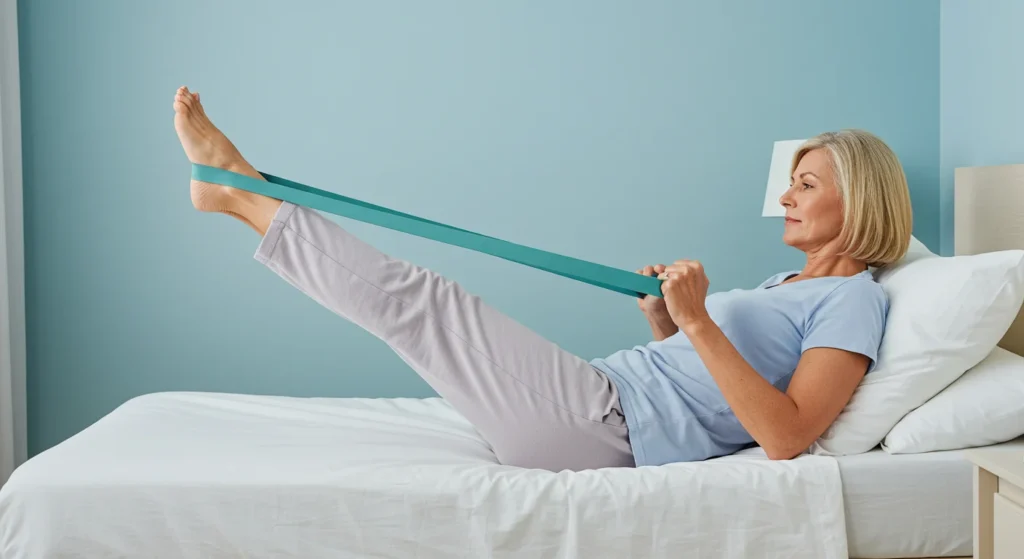
Technology: Your At-Home Fitness Buddy
Feeling isolated is a real struggle when you can’t attend group classes or gyms. But new tools make home fitness way more connected.
One exciting example is the POWERSforID platform, which uses video coaching and online tools designed for people with disabilities.
Other helpful tech options:
- YouTube adaptive workout channels
- Video conference workout classes
- Fitness apps with chair- or bed-modified plans
Social connection boosts motivation — and getting a friendly coach in your corner can be a huge help.
Staying Safe and Avoiding Injury
One thing I learned quickly: progress doesn’t mean pushing through pain.
Because of unique joint stresses and muscle use patterns, individuals with disabilities face a higher risk of overuse injuries.
Keys to Safe Progress:
- Increase workout time gradually (by no more than 10% per week).
- Use proper equipment (like resistance bands or hand weights suited to your grip/strength).
- Focus on good form over heavier resistance.
- Take full rest days or active recovery sessions (stretching, deep breathing).
Experts suggest that slow, steady progression builds fitness without unnecessary setbacks.
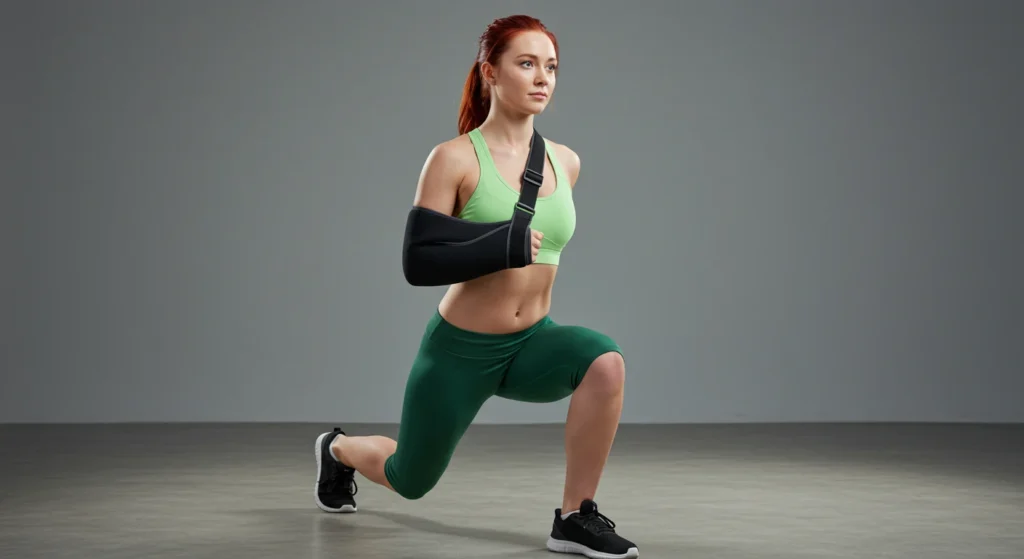
Personal Reflections: What Helped Me Most
Looking back at my own recovery journey, a few simple things made a huge difference:
- Celebrating small wins: Even 5 minutes of movement felt like a victory early on.
- Listening to my body: If something hurt, I backed off or modified it.
- Keeping workouts visible: I kept resistance bands near my bed where I could see them every day.
- Tracking non-scale victories: More energy, better sleep, and stronger muscles matter just as much as pounds lost.
It wasn’t about finding the “perfect” program. It was about doing what I could, consistently.
Conclusion: You Are Stronger Than You Think
Living with limited mobility doesn’t mean giving up on fitness goals.
It means finding creative ways to move, strengthen, and take care of your body.
No matter where you’re starting — whether it’s seated, standing, or from bed — there is always a next step you can take.
Start small. Stay consistent. Celebrate progress.
You’re not alone in this journey — and yes, you absolutely can.

